|
A group from the Hawaii Potters Guild had a pit firing and raku firing on Sunday, April 21 deep in the woods of Kaneohe. It was the first time I'd pit fired, so I was excited to try the process. Before Sunday, I'd thrown two pots, one in B-Mix with grog and the other with a recycled white clay that was made up of porcelain and stoneware. When the clay was hard leatherhard, I put on terra sig which had been provided by Steve Martin, my ceramics instructor this session. I applied the terra sig with a Purdy paint brush, but in the end it seemed a bit streaky. Maybe I should have put on more layers. If I remember correctly, I put on 5 layers. Was nervous to add more just in case the terra sig became too thick and peeled off. Burnished the pot with my burnishing rock when the terra sig dried. Found out that Steve has a special rock he's used for burnishing for many years and has given it a name: Betty. No one is allowed to use Betty except for him. It's perfect for burnishing, from what he told us, and he's afraid of losing it if he lets anyone else borrow it. When the pot was bone dry, I did an oil burnish by rubbing a little cooking oil on a few inches and then burnishing with a plastic bag. Steve did a low fire bisque of our pots at cone 018, about 1300 degrees F. The day of the pit firing, we used a steel drum that had been cut in half, and a commercial grade cooking tub that Steve had found at a school cafeteria that was being remodeled. Both were packed with fine sawdust at the bottom and we laid our pots down on it. Those with smaller, rounder pots either placed the top or bottom into the sawdust. The longer pots were laid on their sides. Wherever the pots were submerged in sawdust, there was heavy reduction because of a lack of oxygen and that part of the pot would get black from carbon. I also found out that sawdust that I had pushed up around the sides of one of the pots would fall away in the firing, the area would oxidize and leave a halo around the black. I'll have to do that again. We placed a cornucopia of stuff around the pots: driftwood, thin copper wire, copper sulfate, vermiculite, Miracle Gro, fine steel wool, dried seaweed, eye of newt... Each of these has different salts and minerals which volatilize at different temperatures and fume part of the pots. Again, the part of the pot that's in the sawdust gets black, even metallic black, but the rest of the pot can take on the different colors of the salts and minerals which are fuming it. On top of this stew we placed smaller and then a few larger pieces of kiawe wood. We didn't put a deep layer over the pots so we didn't have a problem with any of them breaking, and we didn't add additional wood during the firing. The whole process from beginning to end took about 5 hours. We took the pots out when they were still pretty hot and placed them in an area that was protected from the wind. Within 30 minutes they were cool enough to handle and clean. I've included photos below. Some of the potters were also doing raku firing, but I wasn't doing that so I didn't include photos of it. Mahalo to Bridget Hangsleben for the photos. Bridget is a professional photographer and if you'd like to contact her, email her at [email protected]. Hope you can join us next time we pit fire!
3 Comments
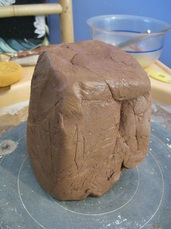 Clay is what we work with. If you're like me, you're not digging it out of a cut in a hillside or mixing it like bread dough from different ingredients. The Hawaii Potters Guild (HPG), where I do most of my potting, orders clay from Laguna and Aardvark. When the clay arrives, it's placed in a storage area where it's stacked up in columns above signs which announce which clay is in boxes underneath: Black Mountain, Soldate 60, Rod's Bod, and so forth. Each box weighs 50 pounds and contains two 25-pound bags of clay. All of it is cone 10 clay, which means that it fires to a rock-like hardness at just under 2400 degrees Fahrenheit. There are limits to the amount of clay that HPG will let you use each 10-week session. If you're a member, you can use up to 5 bags (125 lbs.). If you're not a member, you can use up to 4 bags (100 lbs.). So, when I want a bag of clay, I fill out an order form and staple a check to the form. Within a few days a bag of clay will appear underneath one of the metal shelves with the name of the clay and with my name. I've tried every clay that HPG has in stock and I've learned a few things from each one. In today's blog I'm sharing how important it is to get your clay to the right consistency before you even think about placing it on the wheel. Recently I received a bag of Black Mountain that was too soft and a bag of Coleman Porcelain that was too hard. I struggled with both but for different reasons. Figuring out whether clay is too hard or too soft or just right for what you're throwing is one of the most important ways to increase your success on the wheel. Different forms may need different consistencies of clay to throw more successfully. If I'm throwing plates, I want the clay to be softer so I can flatten it out more easily. If I'm throwing vases, I want the clay to be stiffer so it will stay upright as I pull it higher. I can't give you a method for determining whether the clay is too hard or too soft or just right. You have to become aware of the clay's consistency and whether or not it's appropriate for the form you're throwing. Experience will teach you in proportion to how attentive you are. If the clay is too soft, take it out of the bag, divide it up into smaller pieces, flatten it out a bit to expose more of its surface to the air, and stand it up on end. I usually don't put my clay in direct sunlight since parts of it will dry too quickly and may even create hard pieces that will refuse to mix in with the rest of the clay when I wedge it. If I'm drying out clay like this, I keep coming back to it and rewedging it a bit to expose more of the wet clay underneath. Wedging the clay on a wedging table also decreases moisture in the clay because underneath the canvas is plywood, concrete, or plaster which is porous. If the clay is too dry, you can try different strategies. If your clay's close to the right consistency but seems a little dry, spray water on it as you're wedging. This is a little tricky since the wedging table is absorbing water as you're trying to add it, but if you stay in the same spot on the table and don't keep moving your clay around, soon the material underneath will become waterlogged and will stop absorbing so much moisture. If the clay is harder, you can wedge in softer clay of the same type, maybe scraps from a pot you just threw. If the clay is very hard, you can use several strategies. If I'm in a hurry, I use a wire to cut slabs of clay no more than an inch thick which I submerge in water. In about an hour they're ready to wedge. Another way to get smaller amounts of clay ready in a hurry is to break up 2 or 3 pounds of hard clay into small pieces, place them in a gallon Ziplock bag, pour some water in, and lay the bag flat. Press the pieces of clay down until they're moistened. Wait about 10 minutes, open the bag and pour out the excess water. These are sloppy methods, but they work if you need the clay right away. If you're not in a hurry, poke holes in the clay with something like a screwdriver, put it in a clay bag and pour water in. It should be ready to wedge in a day or two. If the bag of clay is rock hard, make sure it's sealed at the top, place it in a 5-gallon bucket and pour water in up to the top of the clay. The bag is slightly porous and will allow moisture to seep in slowly. If your clay is hard and it's been kept in a sealed bag, then moisture has leached out of the clay through the bag. By surrounding the bag of clay with water, you're using the same process but in the other direction. Within a week or so the clay should be ready to wedge. |
AuthorI hope this blog will be encouraging to potters, especially beginning potters, and a source of helpful information and comment. Archives
August 2023
Categories
All
|

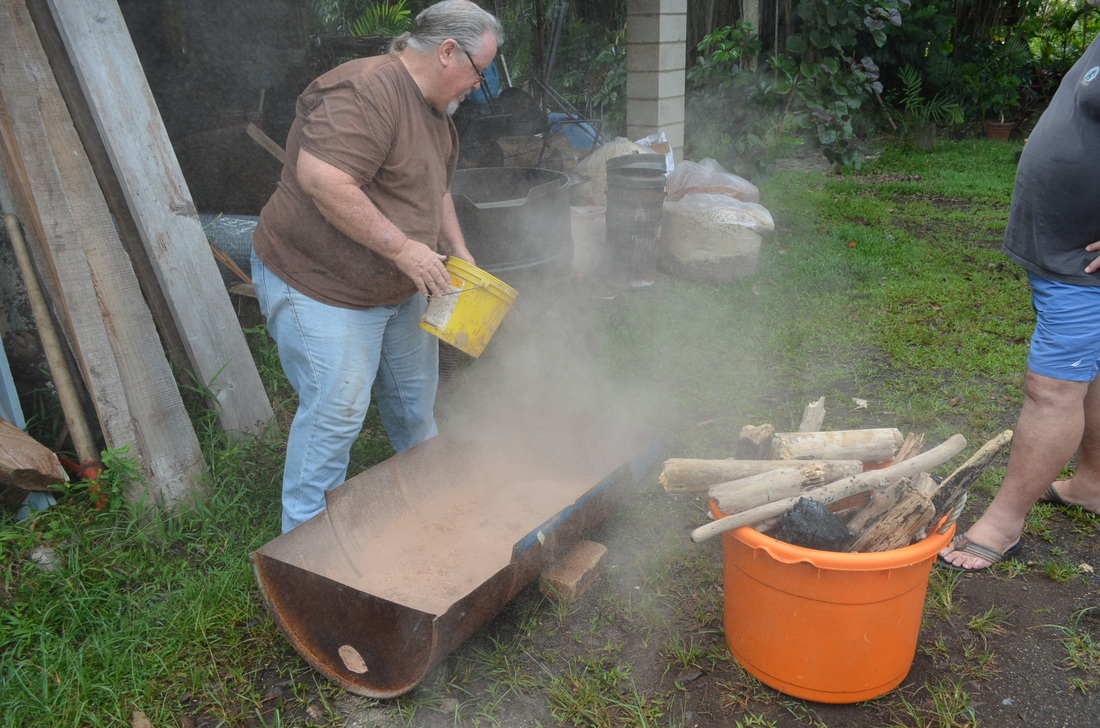
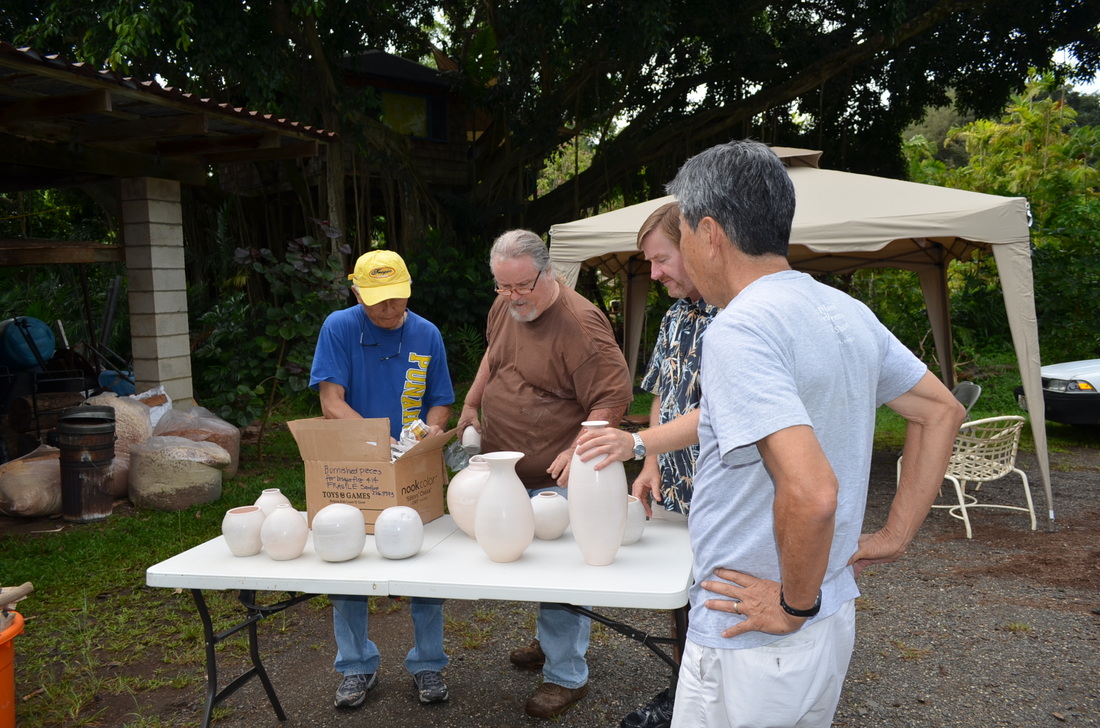
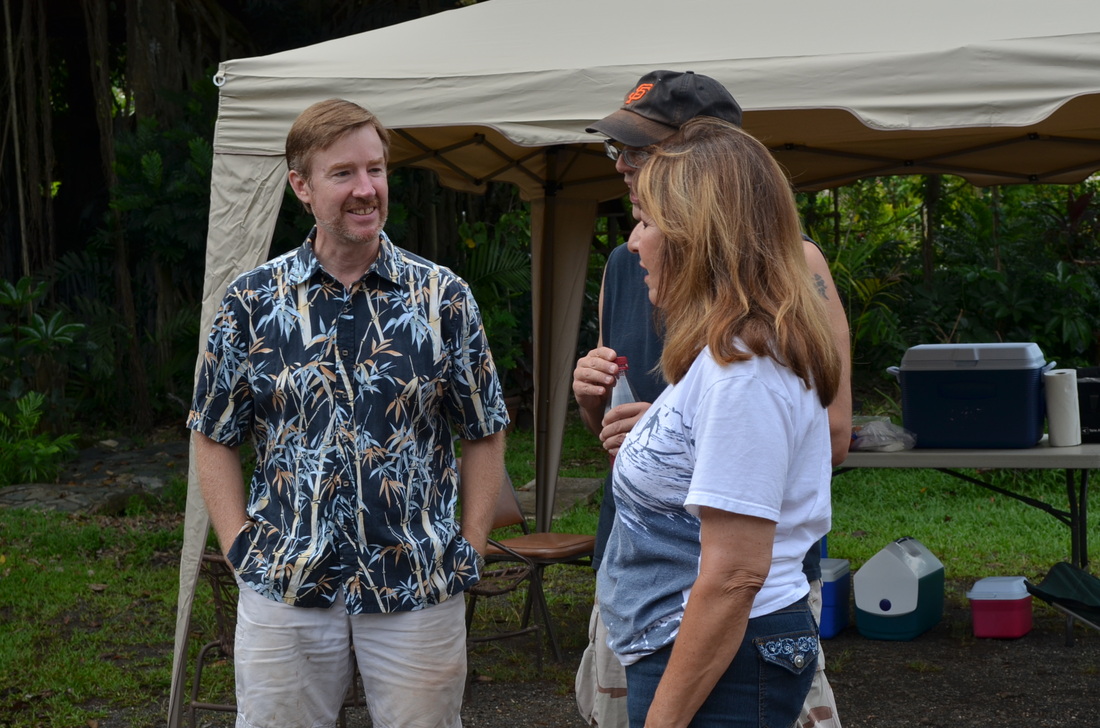
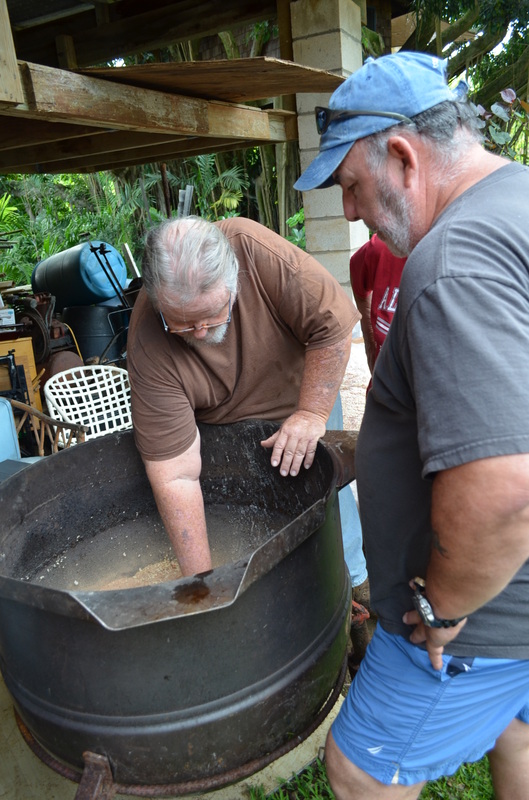
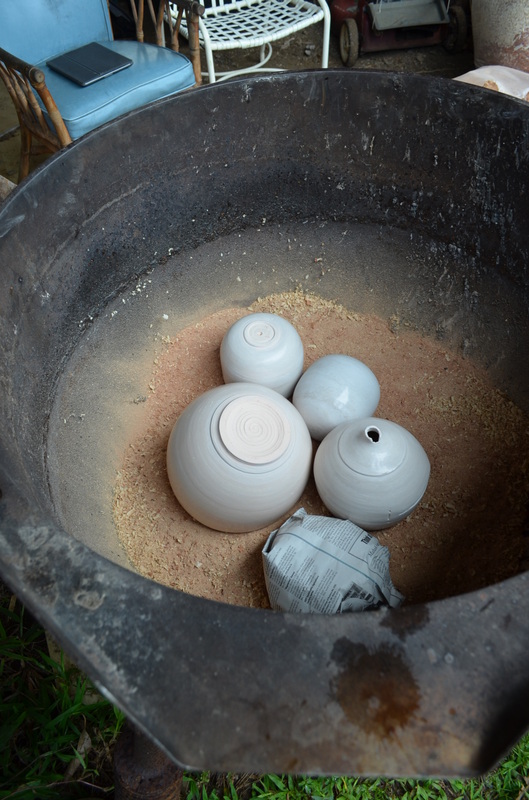
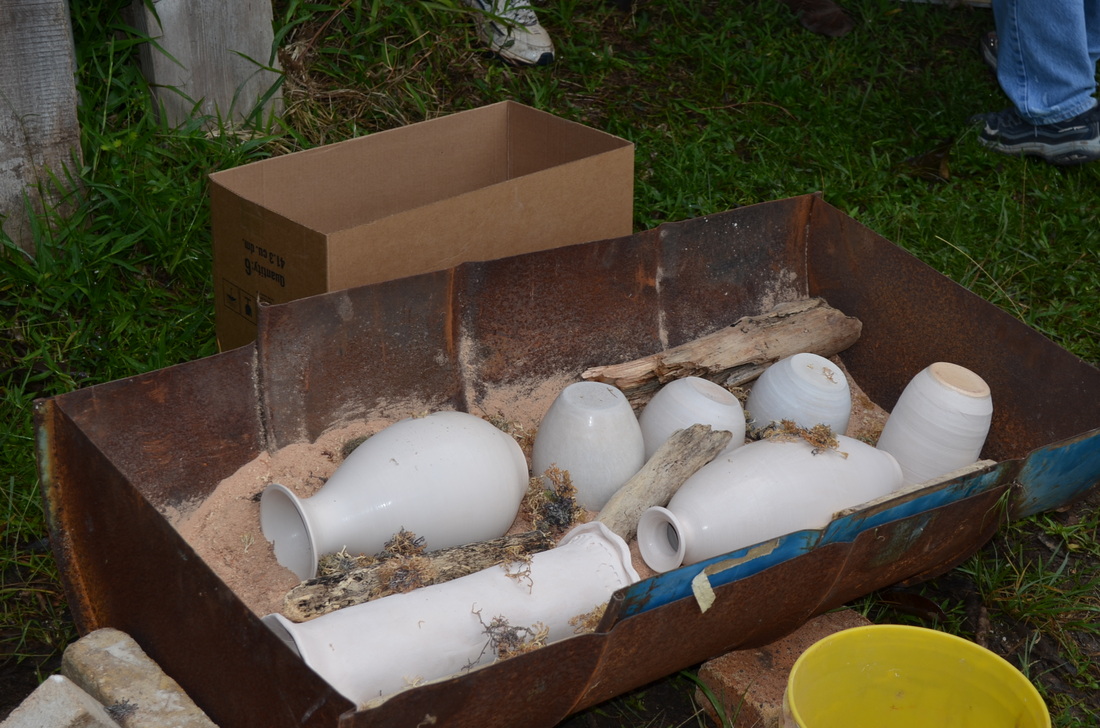
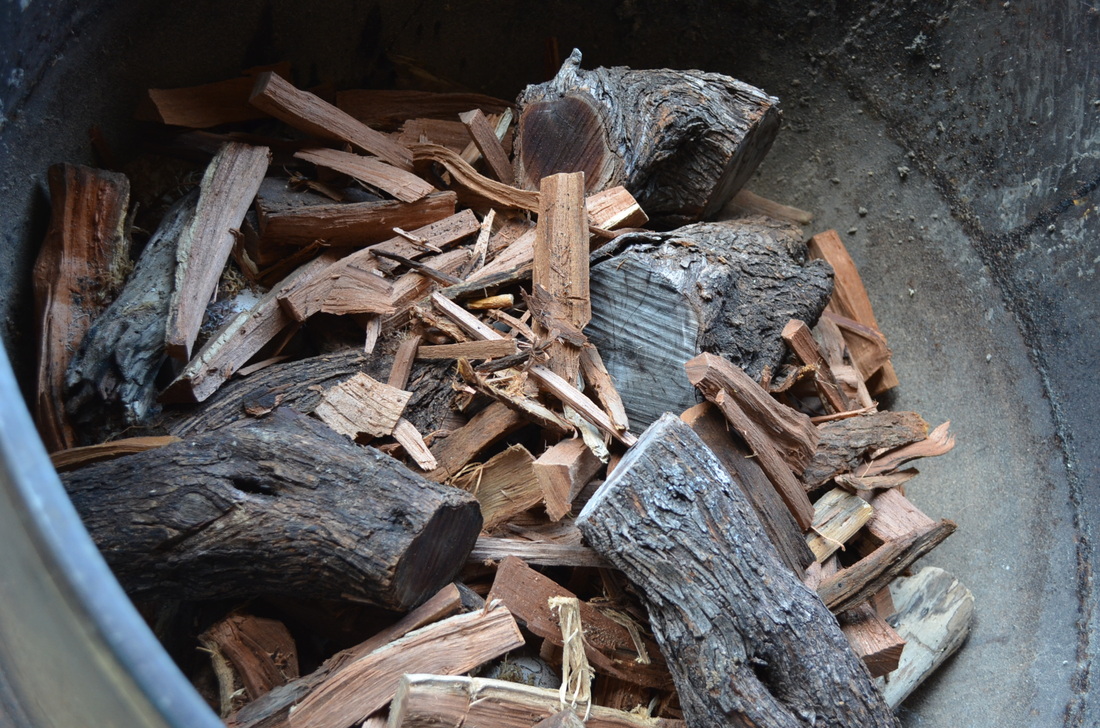
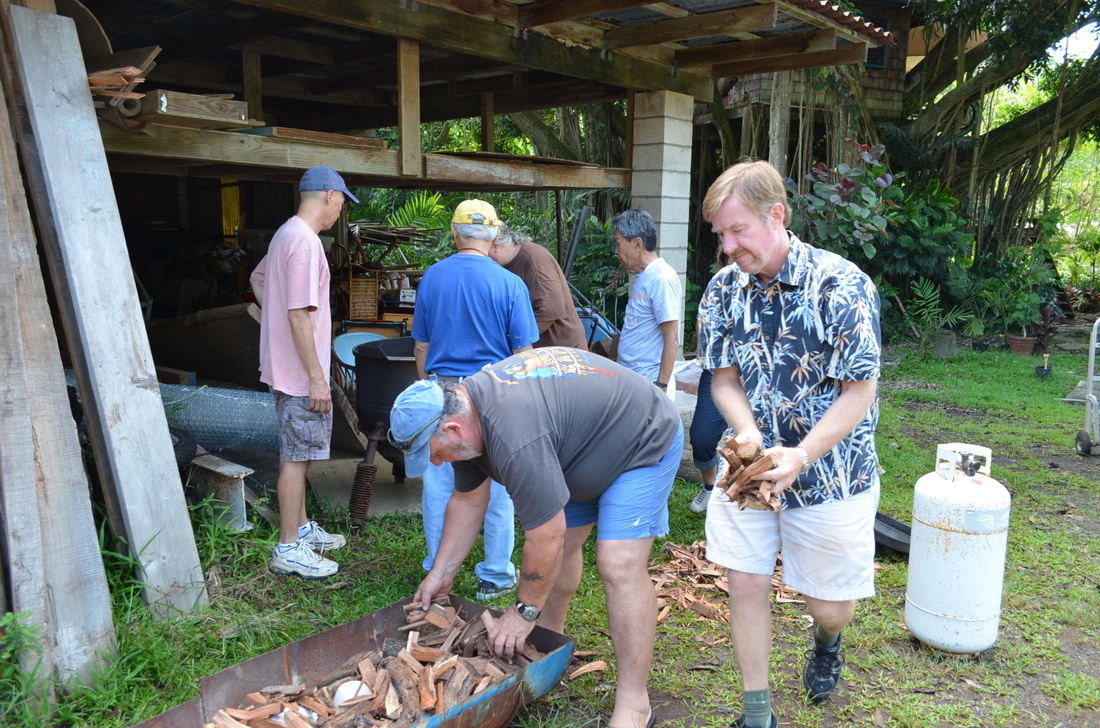
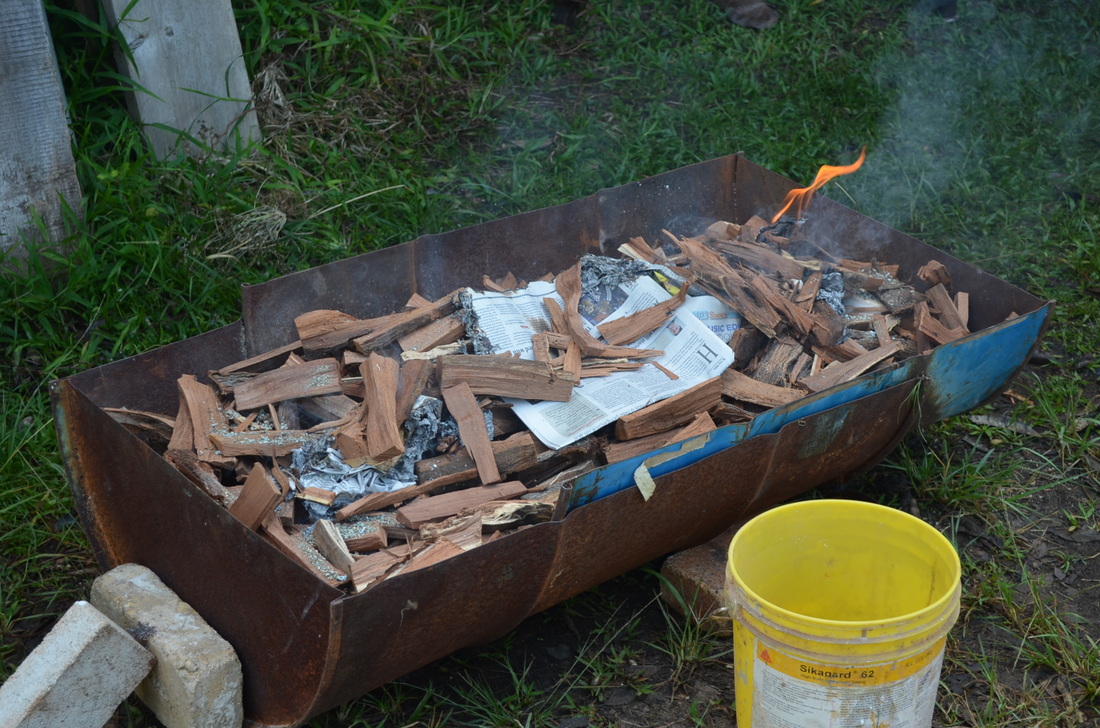
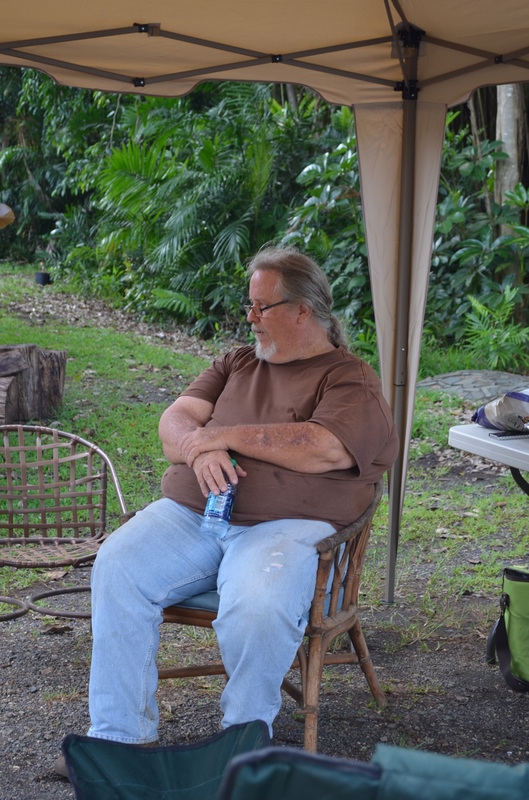
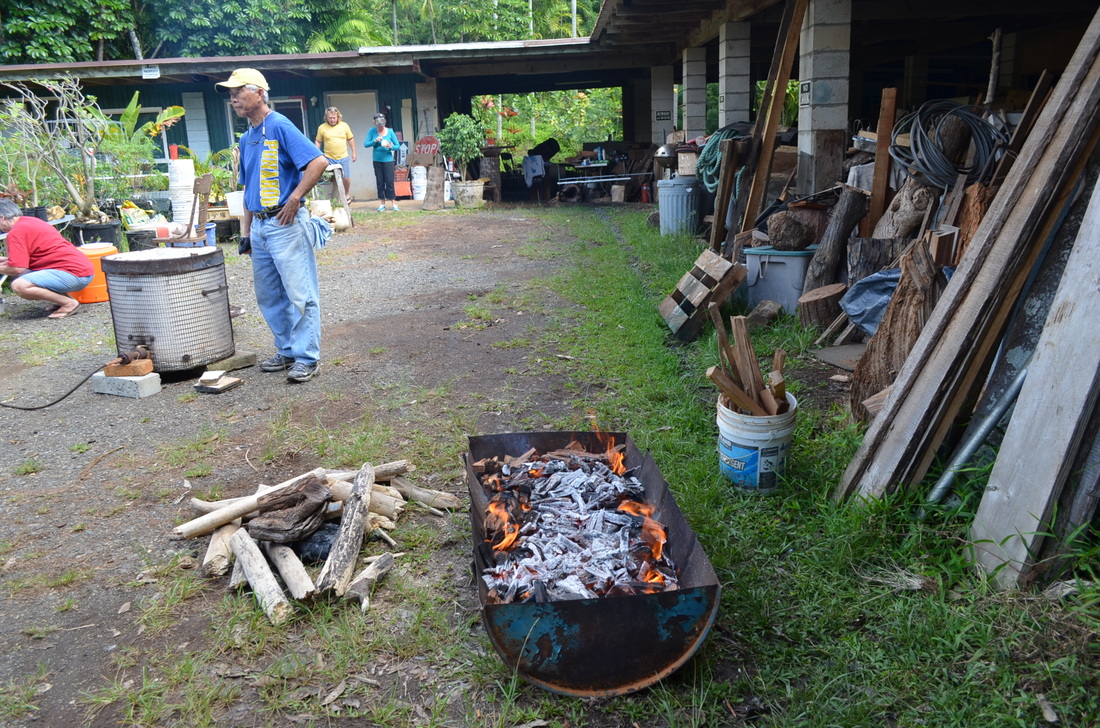
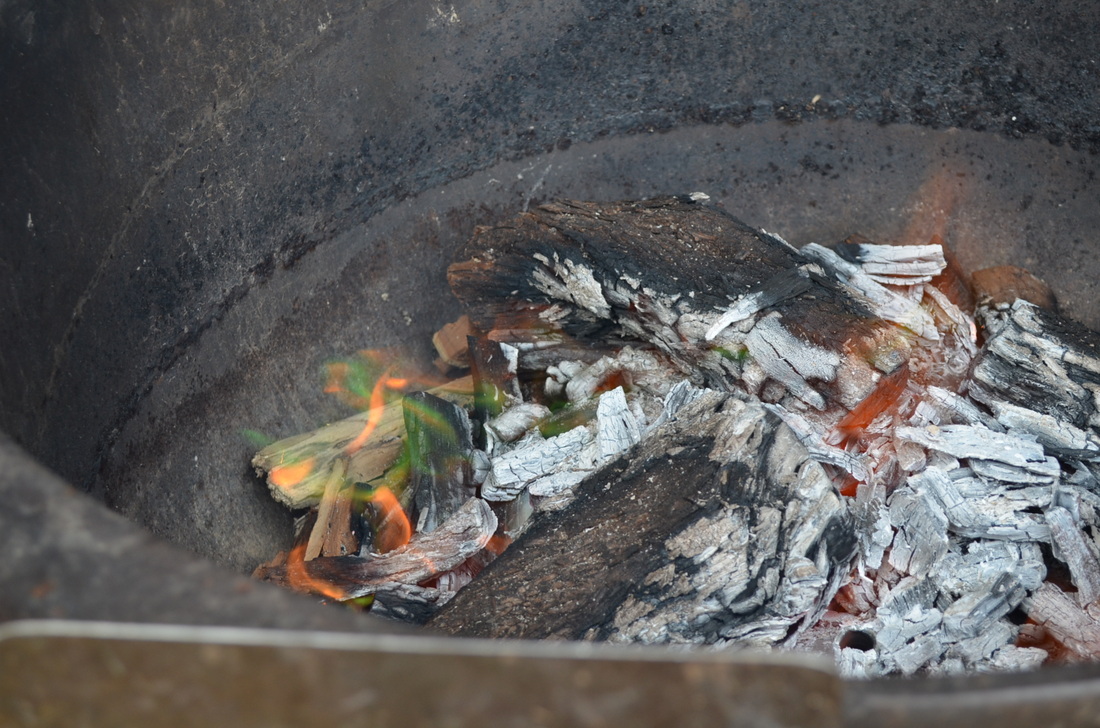

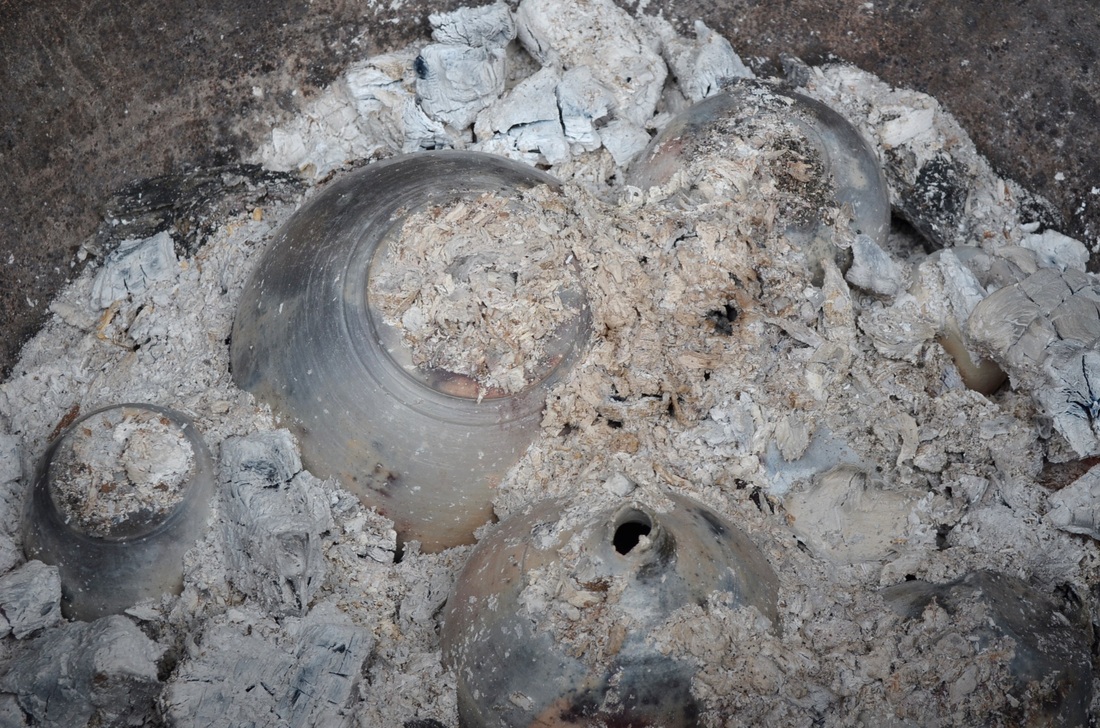

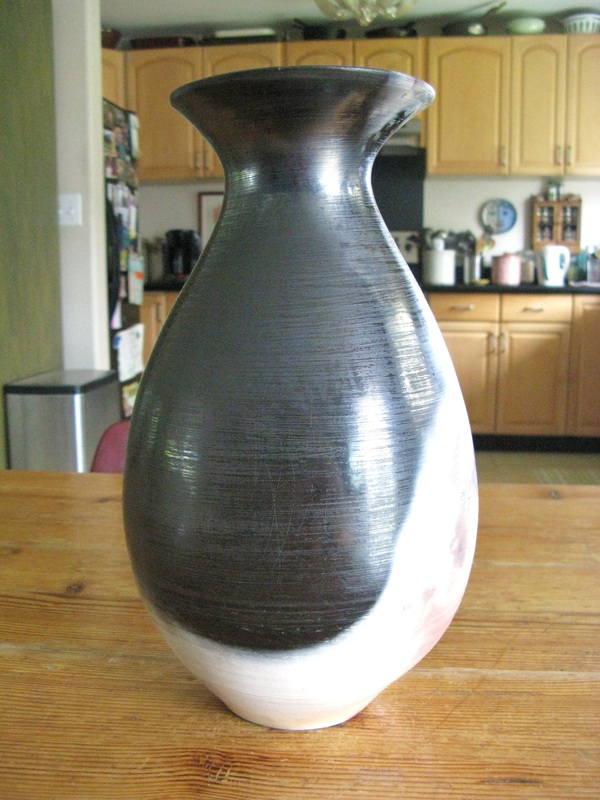
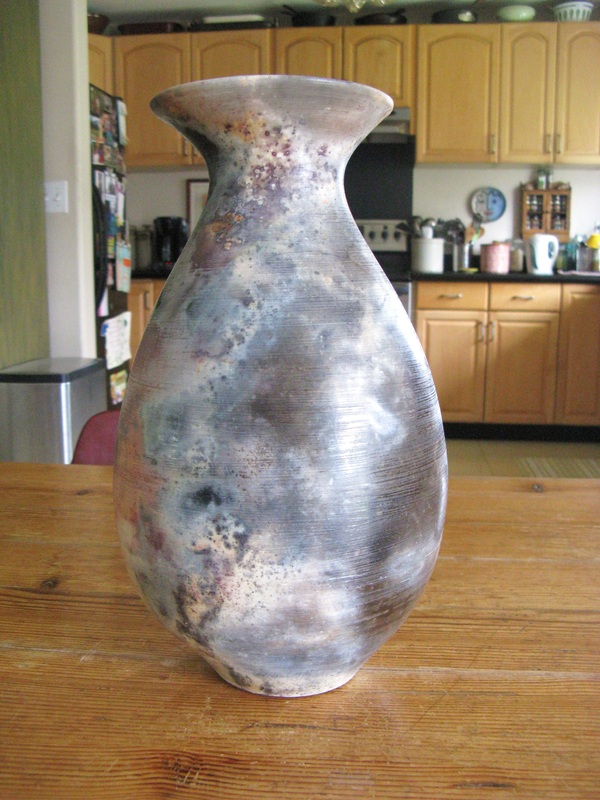
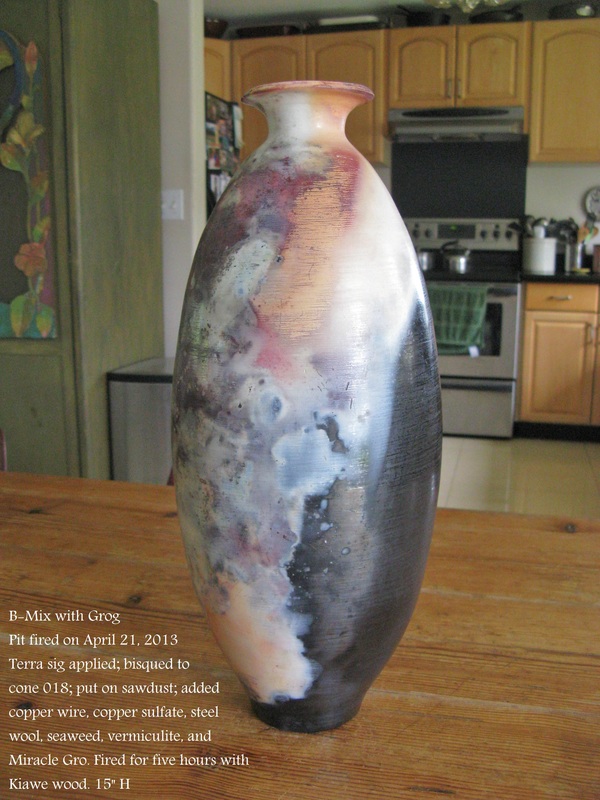
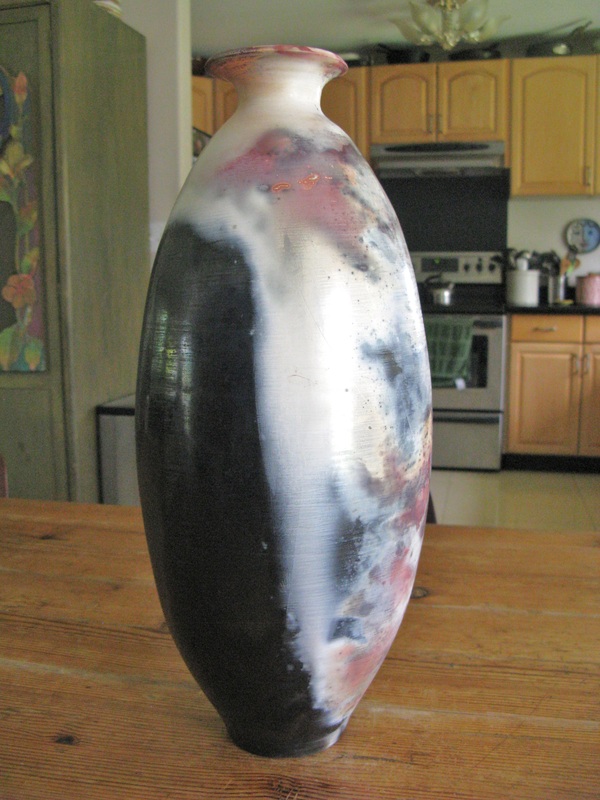
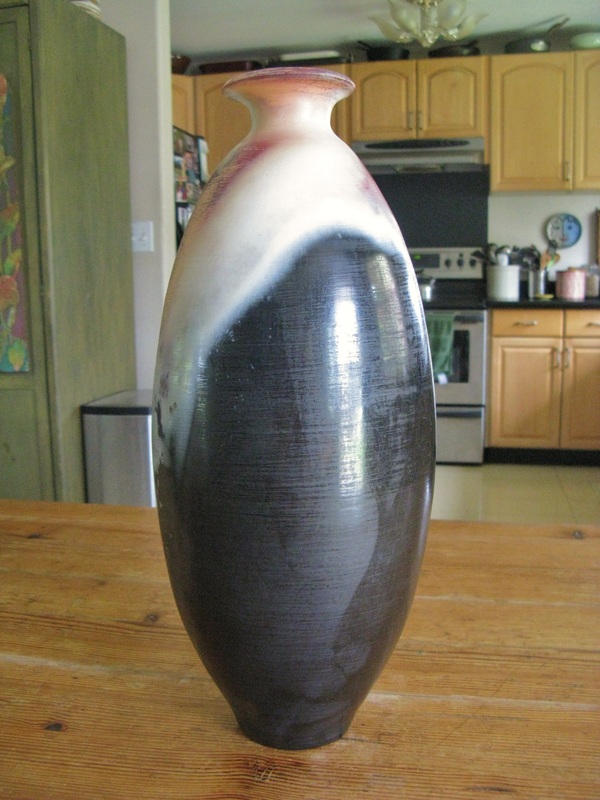
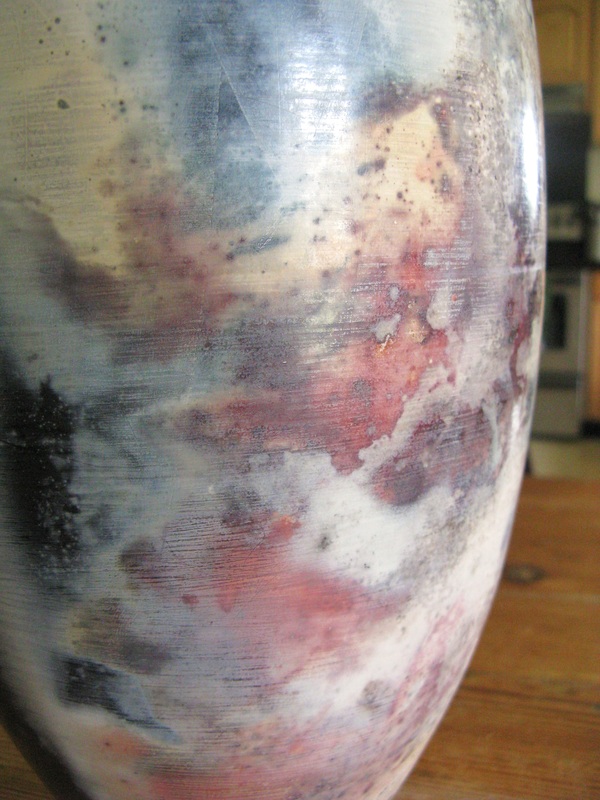
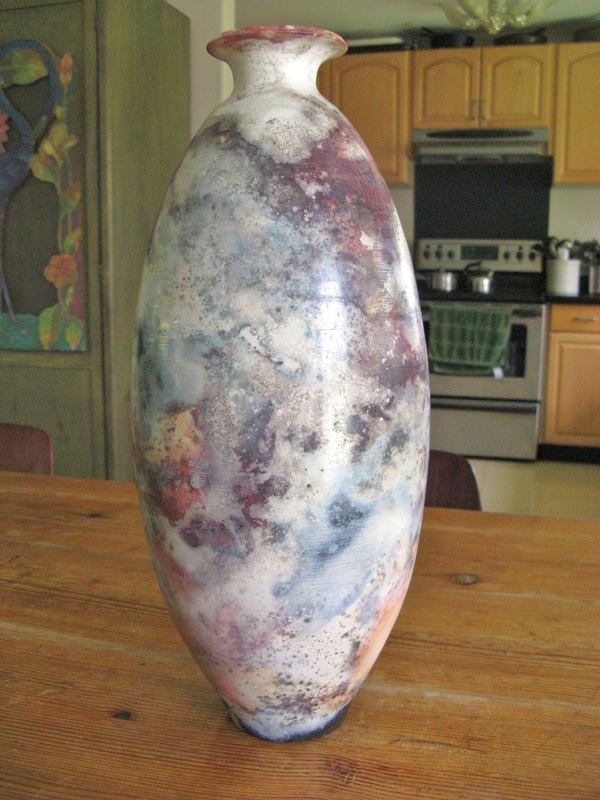
 RSS Feed
RSS Feed